Chinese tea is a beverage made from the dried tea leaves and boiled water. As one of the three major beverages in the world, Chinese tea is becoming the most popular, and most wholesome beverage. People drink it daily for salubrity and taste cultivation. With a history of 3000 years, Chinese tea is not just a beverage anymore, but a cultural symbol of China.
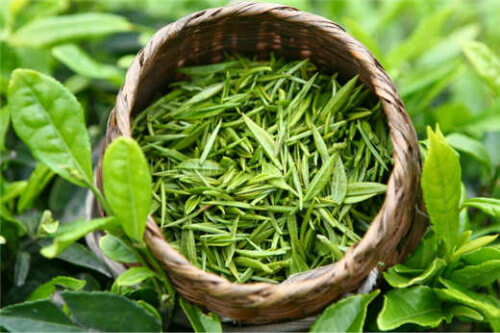
The development of Chinese tea can be roughly divided into eight stages: Origin in Primitive Period, Utilization in Xia, Shang and Zhou Dynasties, Initiation of Chinese Tea Culture from Spring and Autumn and Warring Periods to Han Dynasty, Beginning of Chinese Tea Culture from Han Dynasty to Sui Dynasty, Formation of Chinese Tea Culture in Sui and Tang Dynasties, Development Summit of Chinese Tea Drinking Culture in Song Dynasty, and Diversification of Tea Drinking Art in Ming and Qing Dynasties.
Entering the Neolithic Age, humans not only learned how to make and use production tools; they also developed cropping and aquaculture, 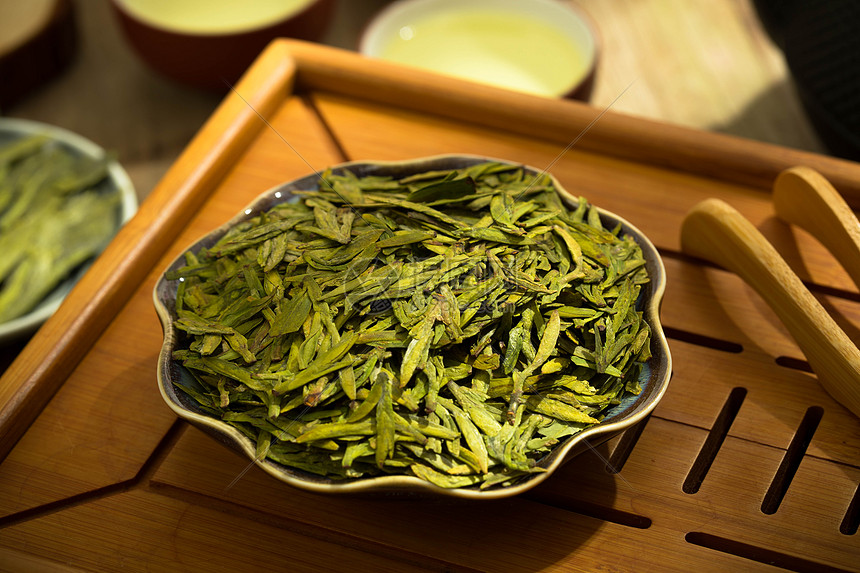 significantly improving the dietary structure. According to The Holy Husbandman's Classic on Roots and Herbs, Shennong (3245 B.C - 3080 B.C) had tasted hundreds of kinds of herbs and roots and discovered the medicinal value of the tea leaves.
significantly improving the dietary structure. According to The Holy Husbandman's Classic on Roots and Herbs, Shennong (3245 B.C - 3080 B.C) had tasted hundreds of kinds of herbs and roots and discovered the medicinal value of the tea leaves.

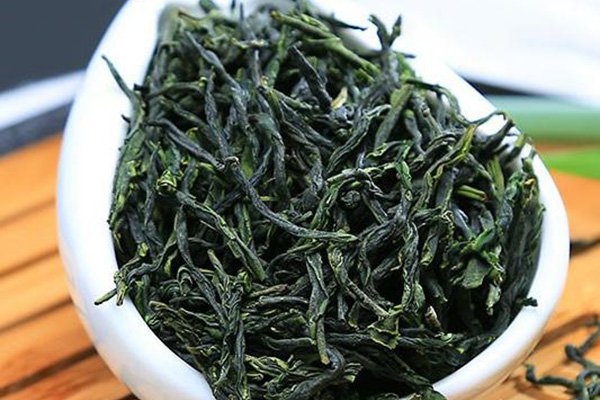 the tea leaves market appeared, and commercial tea was traded. The earliest tea leaves market was in Chengdu and Wuyang. Meanwhile, a lot of literature included tea planting, making, and cooking techniques. In the Six Dynasties, especially the Western Jin Dynasty (265-316), Buddhism prevailed, promoting the production of tea leaves. There are three reasons why tea leaves were closely related to Buddhism. 1. Drinking tea could help Buddhist disciples stay awake all night during their meditation. 2. Tea leaves could help to digest. 3. Drinking tea could suppress the human desire and help them to focus. Tea leaves in a way helped Buddhism to spread. All these laid foundations for the further development of tea culture.
the tea leaves market appeared, and commercial tea was traded. The earliest tea leaves market was in Chengdu and Wuyang. Meanwhile, a lot of literature included tea planting, making, and cooking techniques. In the Six Dynasties, especially the Western Jin Dynasty (265-316), Buddhism prevailed, promoting the production of tea leaves. There are three reasons why tea leaves were closely related to Buddhism. 1. Drinking tea could help Buddhist disciples stay awake all night during their meditation. 2. Tea leaves could help to digest. 3. Drinking tea could suppress the human desire and help them to focus. Tea leaves in a way helped Buddhism to spread. All these laid foundations for the further development of tea culture.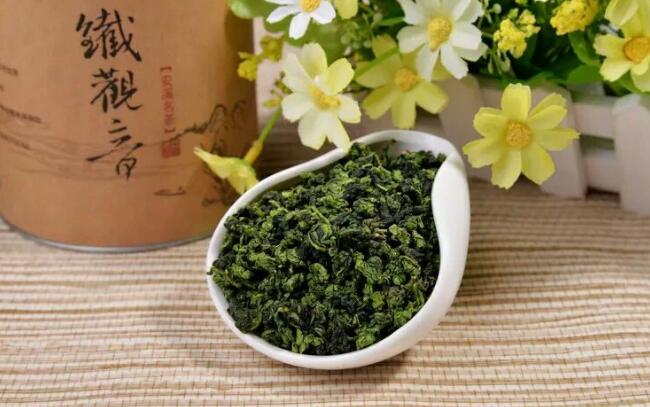 The economic and cultural communications between ethnicities promoted the development and prosperity of Chinese culture and helped to form the Chinese Tea Culture. There was a folk tale that Wen Emperor of Sui Dynasty used to have a headache. He dreamed of an immortal telling him a kind of herb could ease the pain. Later, he acquired such herb (the tea leaves) and kept drinking it; his headache did gradually disappeared. Since then, the tea-drinking became a fashion around the whole of China. In the Tang Dynasty, people further explored the cooking methods of tea leaves and put forward the diet therapy regimen. In the middle Tang Dynasty, the first tea monograph “The Book of the Tea” came out.
The economic and cultural communications between ethnicities promoted the development and prosperity of Chinese culture and helped to form the Chinese Tea Culture. There was a folk tale that Wen Emperor of Sui Dynasty used to have a headache. He dreamed of an immortal telling him a kind of herb could ease the pain. Later, he acquired such herb (the tea leaves) and kept drinking it; his headache did gradually disappeared. Since then, the tea-drinking became a fashion around the whole of China. In the Tang Dynasty, people further explored the cooking methods of tea leaves and put forward the diet therapy regimen. In the middle Tang Dynasty, the first tea monograph “The Book of the Tea” came out.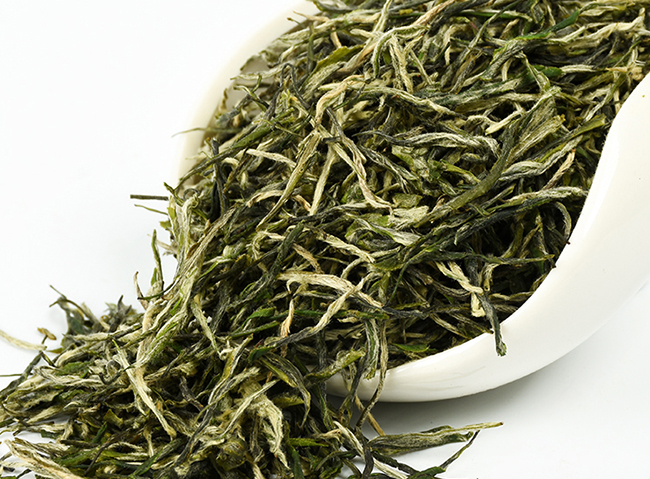 In this period, the tea plantations were greatly expanded, and the production increased dramatically, along with which was the advancement of tea making techniques. The biggest change was that the Song people began to steam and fry green loose tea leaves instead of cake tea leaves as in the Tang Dynasty. This advancement was a technological revolution, considerably improving the taste of commercial tea leaves. People also attached more importance to tea-drinking sanity. As people couldn’t live without drinking tea, the Song government began to control the supply of tea leaves and executed the policy of “Trade of Tea and Horse." A load of tea leaves could trade one battle-steed. With the prevailing of tea drinking, the “Tea Fighting” appeared. People tended to hunt for better tea leaves and bettered their tea making process to produce better tea beverage. The tea appreciation and drinking at that time were more like a spiritual enjoyment for Song people. More tea monographs came out.
In this period, the tea plantations were greatly expanded, and the production increased dramatically, along with which was the advancement of tea making techniques. The biggest change was that the Song people began to steam and fry green loose tea leaves instead of cake tea leaves as in the Tang Dynasty. This advancement was a technological revolution, considerably improving the taste of commercial tea leaves. People also attached more importance to tea-drinking sanity. As people couldn’t live without drinking tea, the Song government began to control the supply of tea leaves and executed the policy of “Trade of Tea and Horse." A load of tea leaves could trade one battle-steed. With the prevailing of tea drinking, the “Tea Fighting” appeared. People tended to hunt for better tea leaves and bettered their tea making process to produce better tea beverage. The tea appreciation and drinking at that time were more like a spiritual enjoyment for Song people. More tea monographs came out.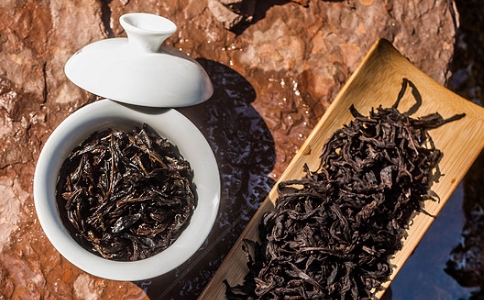 Meanwhile, different tea beverage making methods appeared, driving the production of the tea set. One of the greatest creations was the dark-red enameled pottery.
Meanwhile, different tea beverage making methods appeared, driving the production of the tea set. One of the greatest creations was the dark-red enameled pottery.
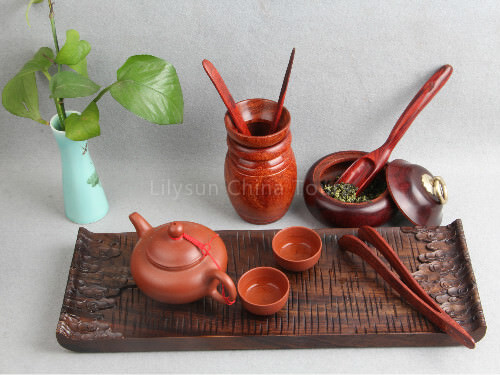
The Green Tea doesn’t belong to the fermented tea. It is the oldest and most popular tea in China, and mainly produced in Henan, Anhui, Zhejiang, Fujian, Sichuan, Yunan, Guangxi, Hubei and Shaanxi.
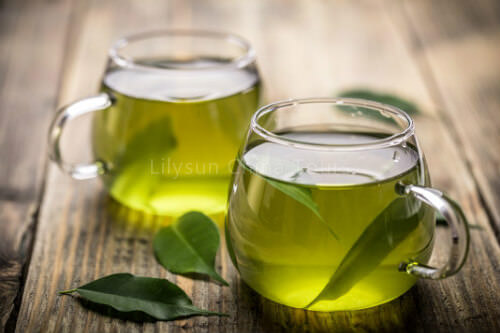
The Yellow Tea is the lightly fermented tea, and mainly produced in Sichuan, Guizhou, Hunan, Hubei, Anhui, Zhejiang and Guangdong.
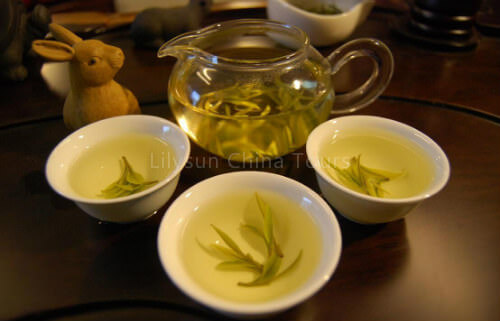
The Red Tea is the fully fermented tea, and mainly produced in Sichuan, Yunnan, Guizhou, Hubei, Hunan, Jiangxi, Jiangsu, Anhui, Zhejiang, Guangdong and Fujian.
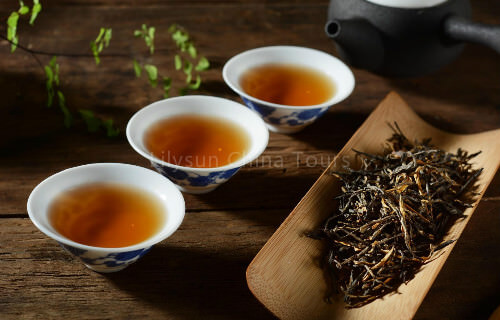
The Oolong Tea is the generic term for half-fermented tea. The main production areas for Oolong Tea are Guangdong, Fujian, and Taiwan.
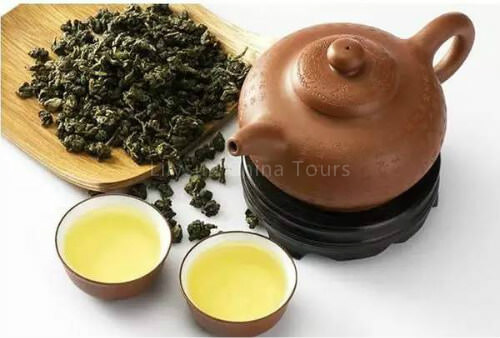
The White Tea belongs to non-fermented tea and it is mainly produced in Fujian.
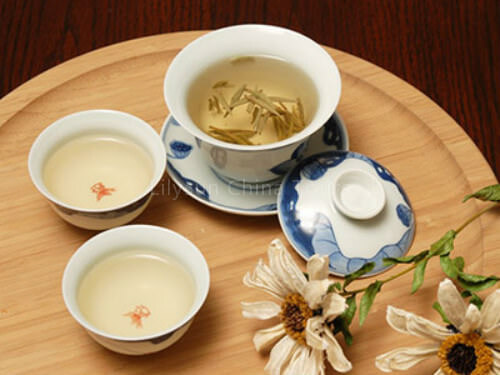
The Black Tea is the late fermented tea. It’s a unique tea that only existed in China. The major producing areas of the Black Tea are Hunan, Hubei, Sichuan, Yunnan, and Guangxi.
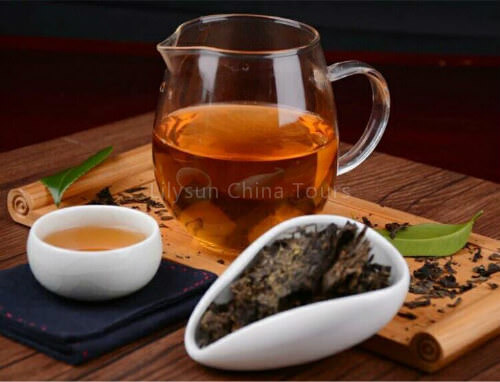
Any tea made from flowers, leaves, seeds, or roots is called herbal tea, such as Chrysanthemum tea, wolfberry tea, and ginseng tea.
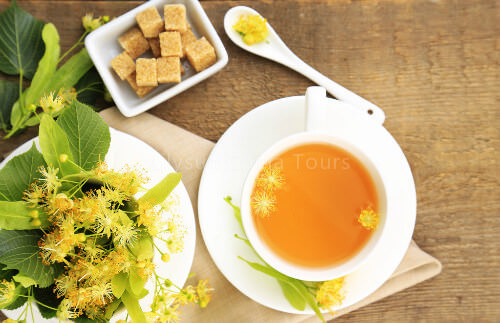
1.West Lake Longjing Tea (Dragon Well Tea)
2.Jiangsu Biluochun Tea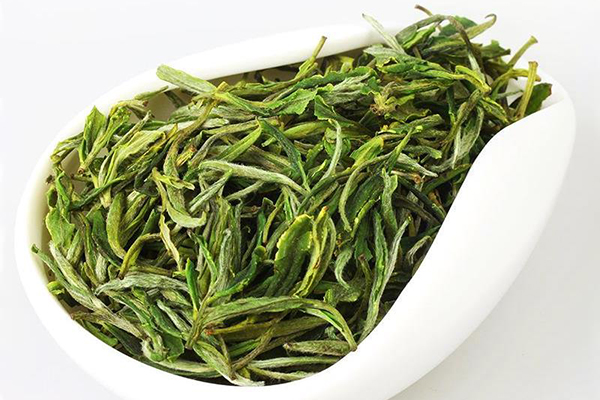
3.Anhui Maofeng Tea
4.Hunan Junshan Yinzhen Tea
5.Xinyang Maojian Tea
6.Anhui Keemun Black Tea
7.Anhui Guapian Tea
8.Duyun Maojian Tea
9.Wuyi Rock Tea
10.Fujian Tieguanyin Tea
1.Drinking Chinese Tea can refresh one’s mind and strengthen one’s memory and thinking capabilities;1.Drinking Chinese Tea can refresh one’s mind and strengthen one’s memory and thinking capabilities;
2.Tea leaves contain a lot of microelements that can benefit the human body;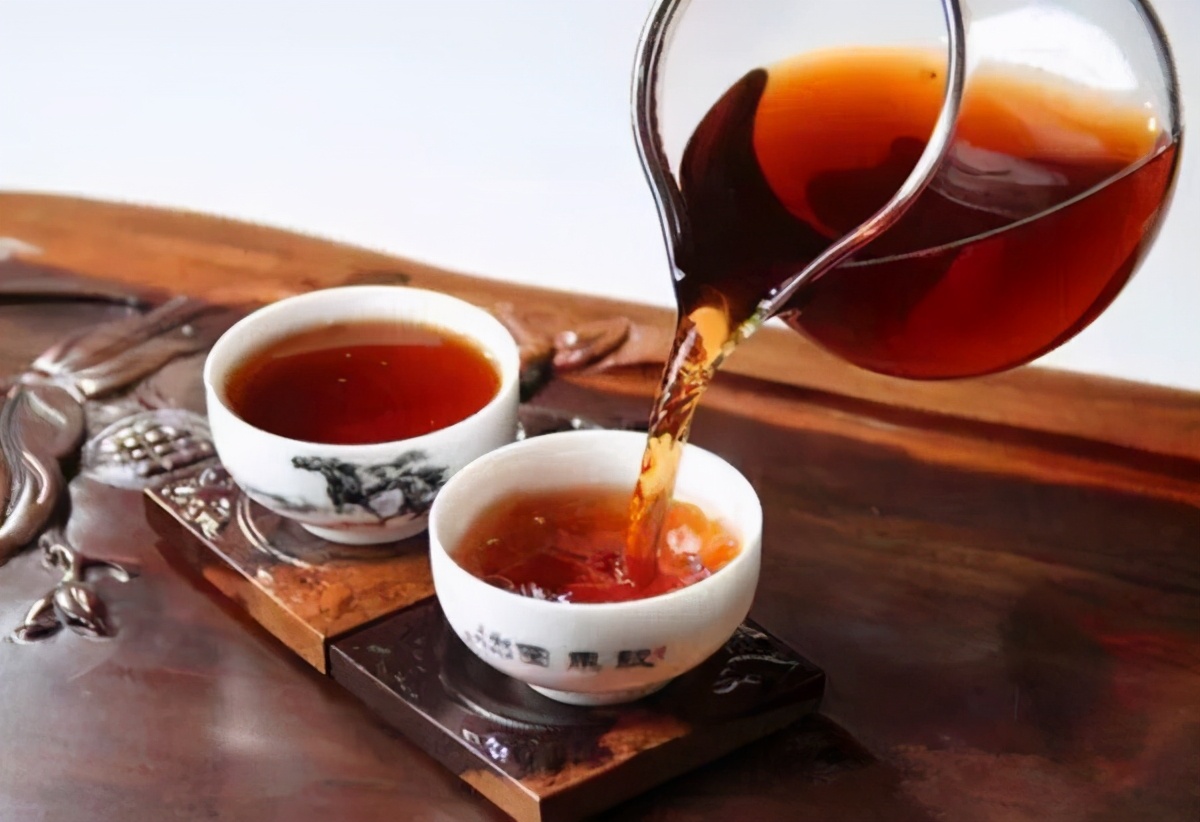
3.Drinking tea can prevent senile cataract;
4.Drinking tea can excite the nervous centralis and strengthen one’s athletic ability;
5.Tea leaves can help to control the growth of malignant cells;
6.Drinking tea can help to lose weight, especially the Oolong Tea;
7.Drinking tea can help to prevent hypertension, arteriosclerosis, and cerebral thrombosis;
8.Drinking tea can allay tiredness, promote metabolism, and help to maintain the normal functions of the heart, blood vessels, and intestines.
9.Drinking tea can restrain the aging of human cells and prolong life span;
10.Drinking tea can prevent dental decay and eliminate multiple types of bacteria, preventing stomatitis, sphagitis, enteritis, and dysentery.
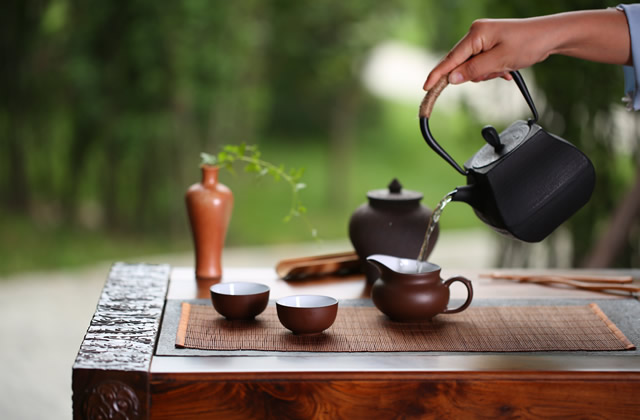
After drinking, the ethanol will pass your intestines and enter blood vessels, and be transformed into acetaldehyde, which will further be transformed into acetic acid. The acetic acid will be disposed into carbon dioxide and water. However, if you drink tea, the theophylline will immediately help the acetaldehyde to go to your kidney, which will stimulate your kidney. Thus, the people who drink strong tea after drinking are prone to have nephropathy. Besides, the tea can also excite your heart just as the ethanol, those two elements come together will do more harm to you.
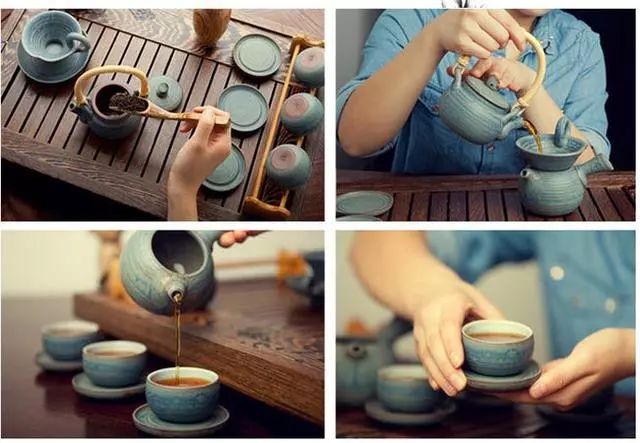
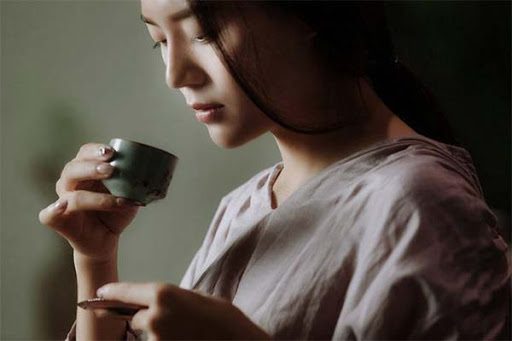
1. 5 Major Chinese Alcoholic Drinks
Copyright © 2019 Lily Sun China Tours International, Inc. Terms &conditions | Privacy Policy | Sitemap